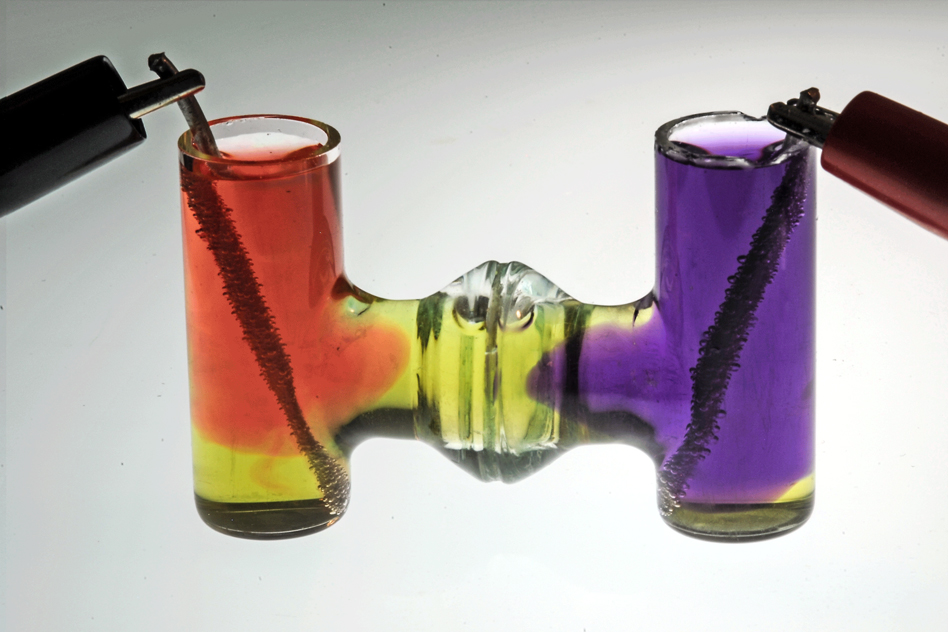A team of researchers at the Massachusetts Institute of Technology has created a new cement production process that does not release greenhouse gas emissions into the atmosphere.
“About 1 kilogram of carbon dioxide is released for every kilogram of cement made today,” says Yet-Ming Chiang, the Kyocera Professor of Materials Science and Engineering at MIT, who authored and conducted the study with postdoc Leah Ellis, graduate student Andres Badel, and others. According to the research team, cement production is one of the world’s largest sources of greenhouse gas emissions, both in fossil fuels burned to support production and in the gases released from the source limestone in the heating process. Altogether, the world’s cement production makes up to three to four gigatons (billions of tons) of carbon dioxide emissions produced per year.
Chiang and his team have spent the past year searching for an alternative process that would reduce the carbon emissions required to produce cement without substantially increasing the cost. (According to Chiang, at 13 cents per kilogram, cement is cheaper than bottled water.) The team also aimed to produce the same cement product, as they realized that it would be more difficult to gain acceptance for a new type of cement.
The new approach uses an electrolyzer, which uses electrodes to separate water into hydrogen and oxygen, to dissolve pulverized limestone and separate it into two components: solid calcium hydroxide, or lime, and a pure, concentrated stream of carbon dioxide. The calcium hydroxide may be processed in another step to produce cement, while the concentrated carbon dioxide may be harnessed for other purposes, including fuel, oil recovery, or even beverage carbonation.
According to Chiang, this is not possible for carbon dioxide emitted from conventional plants, as it is contaminated with nitrogen and sulfur oxides, as well as carbon monoxide. In addition, if the hydrogen and oxygen produced during the electrolyzer process were recombined, they could produce enough energy to fuel the rest of the production process.
While the team has demonstrated its process in a laboratory setting, the next steps involve scaling the system and encouraging the cement industry to adopt their technology. Leah Ellis, the paper’s lead writer, suggests replacing just one part of the process at a time, “in a stepwise fashion.”
Chiang adds that this initial system was proposed not because the team felt they knew what the best strategy would be, but “to get people in the electrochemical sector to start thinking more about this,” he says. “It’s an important first step, but not yet a fully developed solution.”



